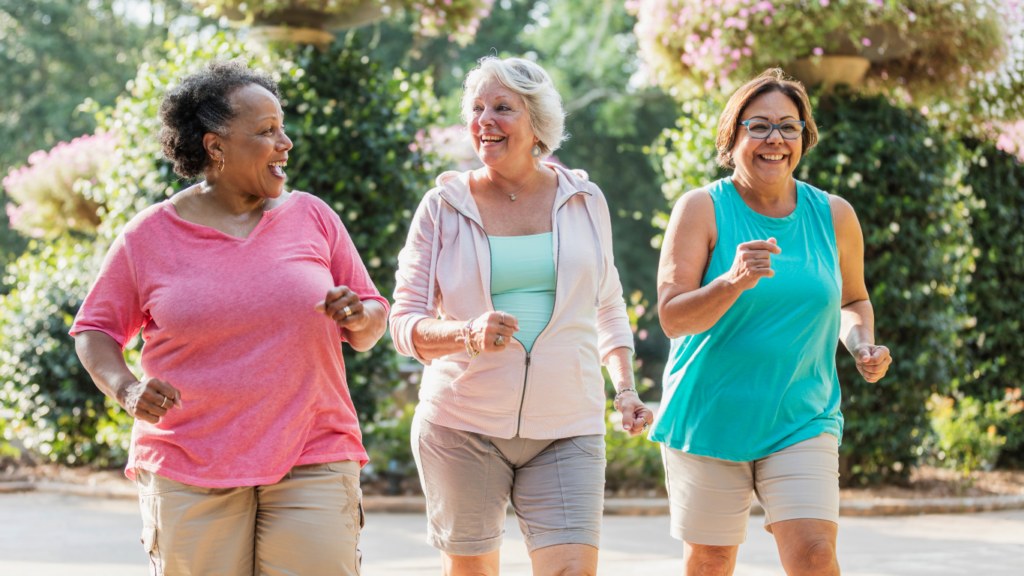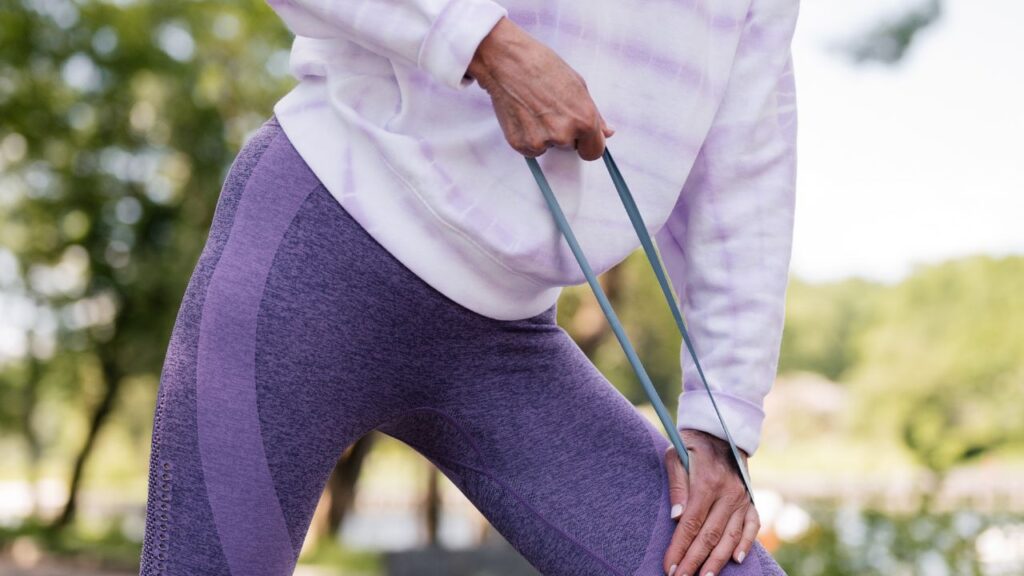The Best Exercise for Joint Pain During Menopause

One common issue faced by many is joint pain, which can significantly affect mobility and quality of life. However, engaging in the right type of exercise not only alleviates these pains but can also enhance overall health. In this comprehensive guide, we explore various exercises that are particularly beneficial for managing joint pain during menopause.
Understanding Joint Pain in Menopause
Before diving into the exercises, it’s crucial to understand why joint pain occurs during menopause. Hormonal changes, particularly the decrease in estrogen, can lead to inflammation, decreased muscle mass, and bone density, all of which can contribute to discomfort in the joints.
Benefits of Exercise for Menopausal Joint Pain
Exercise is a cornerstone of managing menopausal symptoms. It can help ease the discomfort that comes with menopause. One research investigated the relationship between physical activity in various domains (work, transportation, leisure time, and household) and menopausal symptoms among Polish women aged 40 to 65. Using the Menopause Rating Scale (MRS) to assess symptoms, the study explored differences in physical activity levels and the prevalence and severity of menopausal symptoms. The key findings include the following:
- Symptom Distribution: Urogenital and somato–vegetative symptoms1 were the most commonly reported, aligning with findings from other studies using similar methodologies.
- Physical Activity Levels: Physical activity varied across different life domains. In leisure time, peri- and postmenopausal women were often highly active, whereas premenopausal women showed lower activity levels. Overall, moderate to high physical activity levels in all domains correlated with less severe menopausal symptoms.
- Educational Influence: Women with higher education tended to have higher physical activity levels during leisure time, which might be due to better access to health information and facilities.
- Symptom Severity Correlation: Women who were moderately or highly active in leisure time experienced milder symptoms compared to inactive women. However, no significant differences were observed in vasomotor and psychological symptoms with respect to physical activity.
- Global Comparisons: The study noted that European and Asian women reported fewer menopausal symptoms than those from Latin America, suggesting that racial, climatic, genetic, and geographic factors might influence symptom severity.
- Physical Activity’s Role: The research reaffirms that regular physical activity can mitigate the severity of menopausal symptoms, supporting a U-shaped trend where moderate activity is most beneficial.
While the study suggests staying active seems to make menopause a bit easier to handle, it’s crucial to recognize that not all forms of exercise are suitable for every woman going through menopause. The key is to choose exercises that not only help manage menopausal symptoms but also prevent and manage joint pain, a common complaint during this period. Selecting the right type of activity can make a substantial difference in comfort and overall health. Here are some effective exercise options that are particularly beneficial for menopausal women looking to maintain their physical well-being and manage joint discomfort.
Types of Exercise to Consider
1- Low-Impact Aerobic Exercises
Walking

Walking is a fundamental exercise that maintains cardiovascular health without stressing the joints. It enhances circulation and joint mobility, which is crucial for pain relief.
Swimming and Water Aerobics
The buoyancy of water supports the body’s weight, reducing strain on the joints. Swimming and water aerobics can improve joint function and alleviate pain without exacerbating symptoms.
2 – Strength Training
Using Body Weight for Resistance
Exercises like squats and lunges help strengthen the muscles around the joints, providing better support and reducing the load on the joints themselves.
Resistance Band Workouts

These provide resistance without the need for heavy weights, making them ideal for strengthening without adding stress to the joints.
3 – Flexibility and Range of Motion Exercises
Yoga
Yoga involves various postures and breathing techniques, improving flexibility, balance, and joint health. It also reduces stress, which can exacerbate joint pain.
Tai Chi

This gentle form of martial arts improves balance, flexibility, and muscle strength, and its meditative movements help manage stress and pain.
4 – Specialized Exercises for Specific Joints
Knee Strengthening Exercises
Simple exercises like leg raises and wall sits can strengthen the muscles supporting the knees, reducing pain.
Hip Flexibility Exercises

Exercises such as hip extensions and hip flexor stretches improve the range of motion and decrease discomfort in the hips.
Exercise Routine
Developing a routine that incorporates these exercises can help manage joint pain effectively. It’s important to start slowly and increase the intensity and duration of the workouts gradually to prevent overexertion, which might lead to increased pain or injury.
Example of a Weekly Exercise Plan
- Monday: 30 minutes of water aerobics
- Wednesday: 20 minutes of yoga
- Friday: 30 minutes of walking at a brisk pace
- Sunday: 15 minutes of strength training with resistance bands
Takeaway
Managing joint pain during menopause is crucial for maintaining an active and fulfilling life. Integrating a tailored exercise routine that includes low-impact aerobic activities, strength training, and flexibility exercises can significantly alleviate symptoms and improve overall well-being. Always consult with a healthcare provider before starting any new exercise regimen, especially if you have severe joint pain or other health
- Somato-vegetative symptoms include sweating/hot flashes, cardiac complaints, sleeping disorders, and joint and muscle complaints. Urogenital symptoms included are sexual problems, urinary complaints, and vaginal dryness. ↩︎
